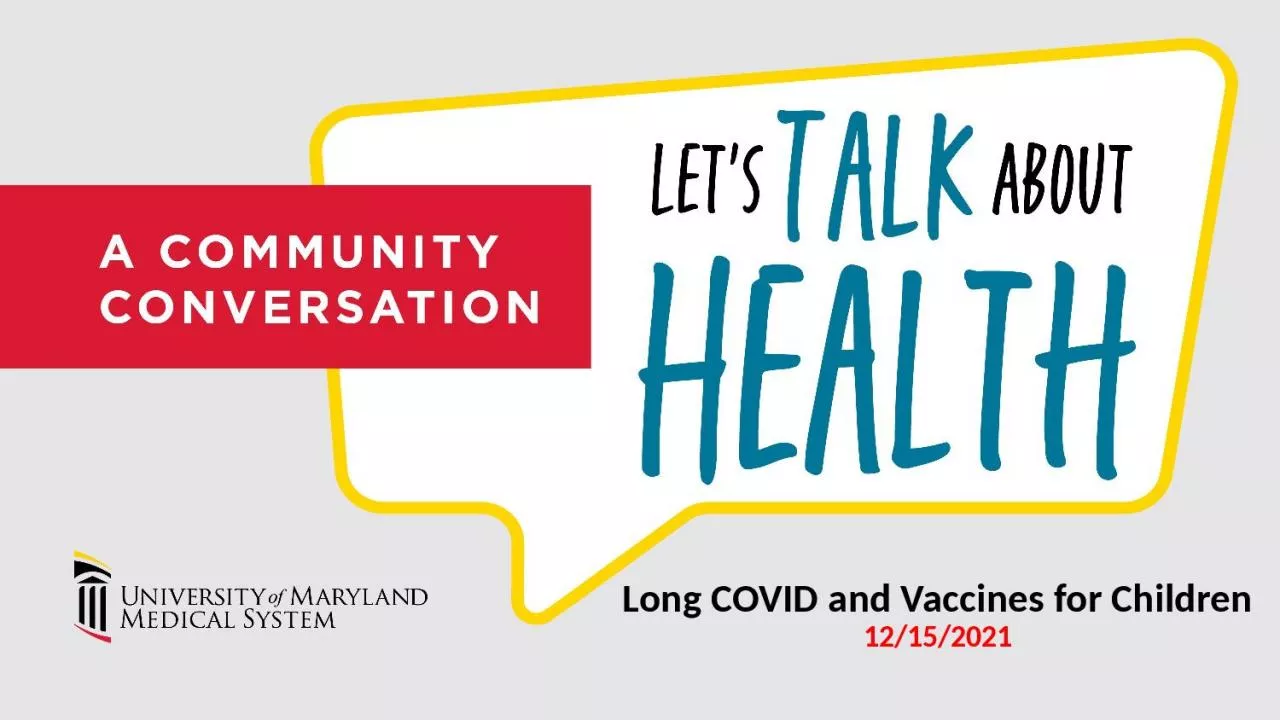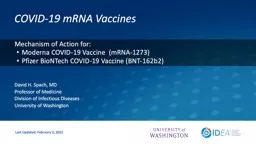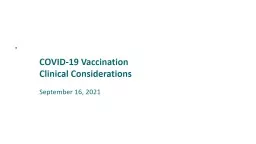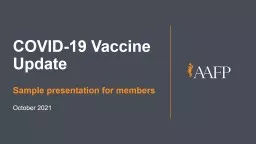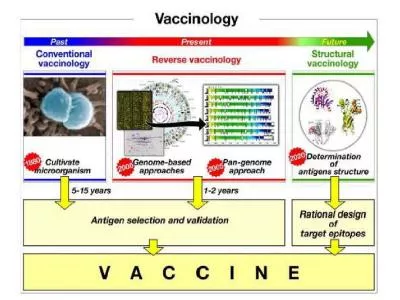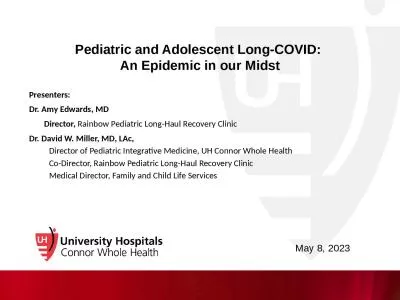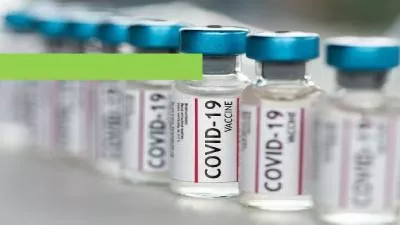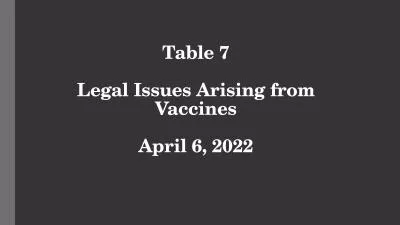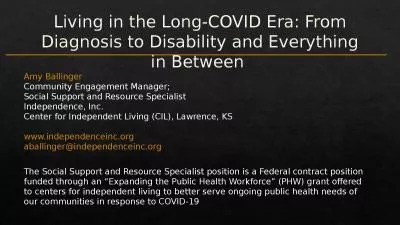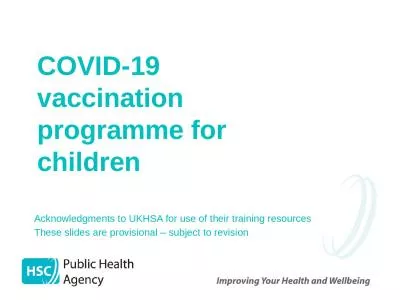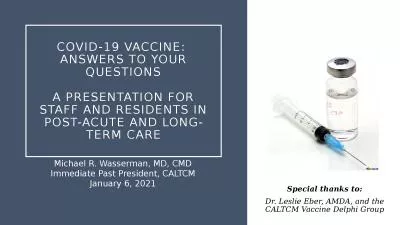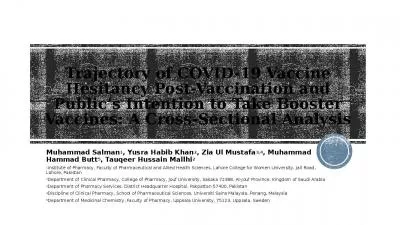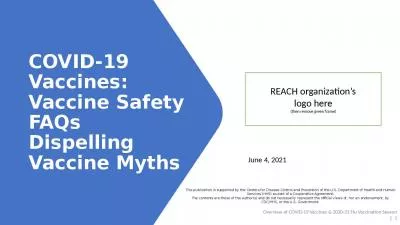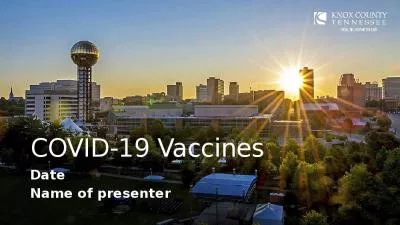PPT-Long COVID and Vaccines for Children
Author : deena | Published Date : 2022-06-18
12152021 Todays Speaker Gregory Schrank MD MPH Dr Greg Schrank attended medical school at the Lewis Katz School of Medicine at Temple University in Philadelphia
Presentation Embed Code
Download Presentation
Download Presentation The PPT/PDF document "Long COVID and Vaccines for Children" is the property of its rightful owner. Permission is granted to download and print the materials on this website for personal, non-commercial use only, and to display it on your personal computer provided you do not modify the materials and that you retain all copyright notices contained in the materials. By downloading content from our website, you accept the terms of this agreement.
Long COVID and Vaccines for Children: Transcript
Download Rules Of Document
"Long COVID and Vaccines for Children"The content belongs to its owner. You may download and print it for personal use, without modification, and keep all copyright notices. By downloading, you agree to these terms.
Related Documents

